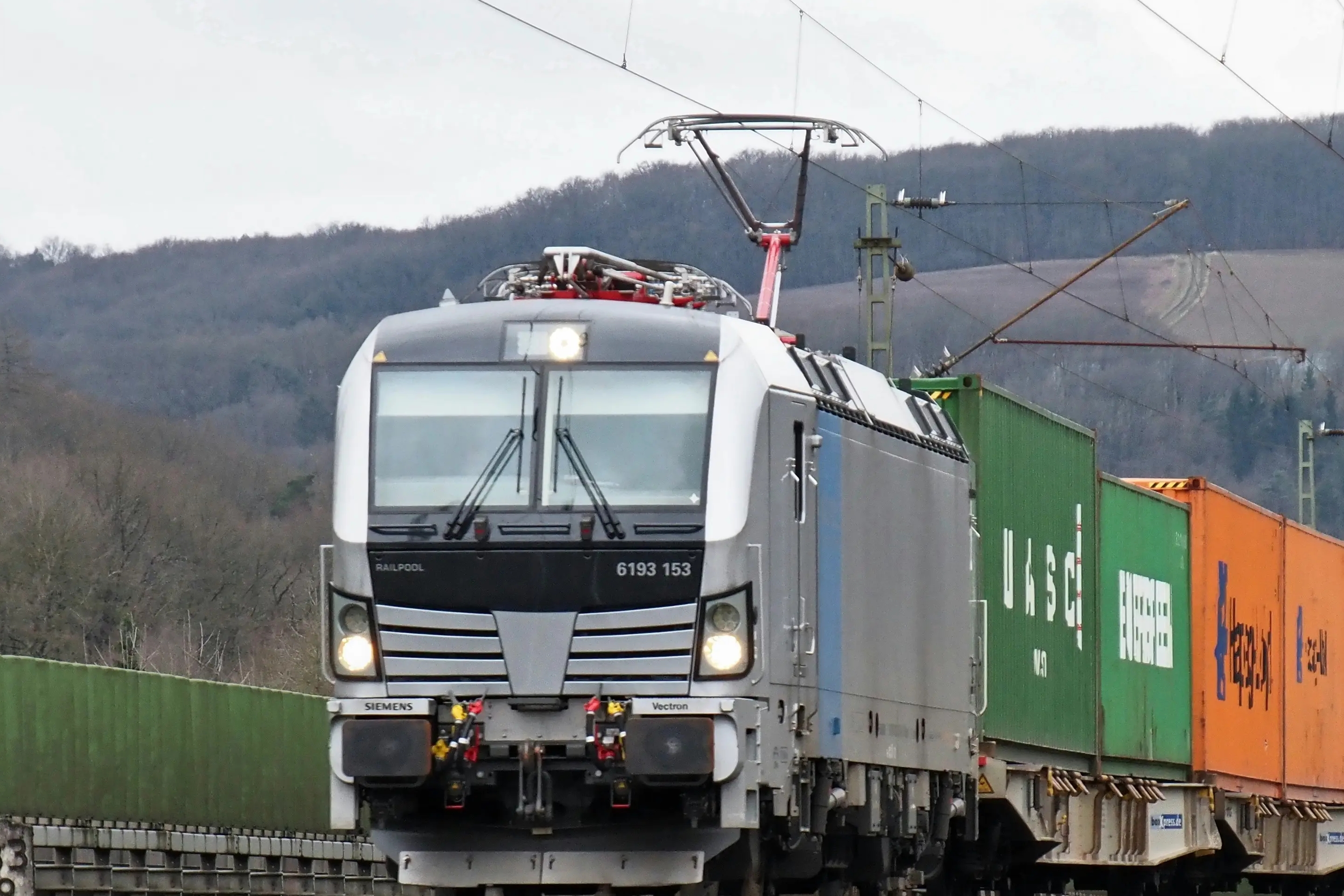In the realm of international trade, two pivotal terms often come into play: Customs Declaration and Customs Clearance. While these terms are closely related, they represent distinct aspects of the import and export process. This article aims to elucidate the differences between the two and shed light on their significance in global commerce.
Customs Declaration refers to the act of providing detailed information about the goods being imported or exported to the customs authorities. This declaration typically includes data such as the description of the goods, their value, origin, and destination. The purpose of this declaration is to ensure that the goods comply with the regulations and laws of the importing country. In China, for instance, consignees or agents can make a "two-step declaration" through platforms like the China International Trade Single Window or Internet-plus Customs.
On the other hand, Customs Clearance is the process by which customs authorities grant permission for goods to enter or leave a country. It involves verifying the information provided in the customs declaration, assessing any applicable duties or taxes, and ensuring that all necessary documentation is in order. Once clearance is granted, the goods are officially allowed to cross the border. According to the Regulations of the People’s Republic of China on Import and Export Goods, customs clearance is a critical step in implementing the policy of opening to the outside world and promoting foreign economic relations.
Understanding the distinction between customs declaration and clearance is crucial for businesses engaged in international trade. Properly navigating these procedures can significantly impact the speed and efficiency of shipments, ultimately affecting a company's bottom line. Moreover, adhering to the guidelines set forth by customs authorities not only ensures compliance but also fosters a positive relationship with these agencies.
In conclusion, while customs declaration and clearance are separate processes, they work in tandem to facilitate the smooth movement of goods across international borders. By grasping the intricacies of these procedures, businesses can optimize their logistics operations and successfully navigate the complex landscape of global trade.


